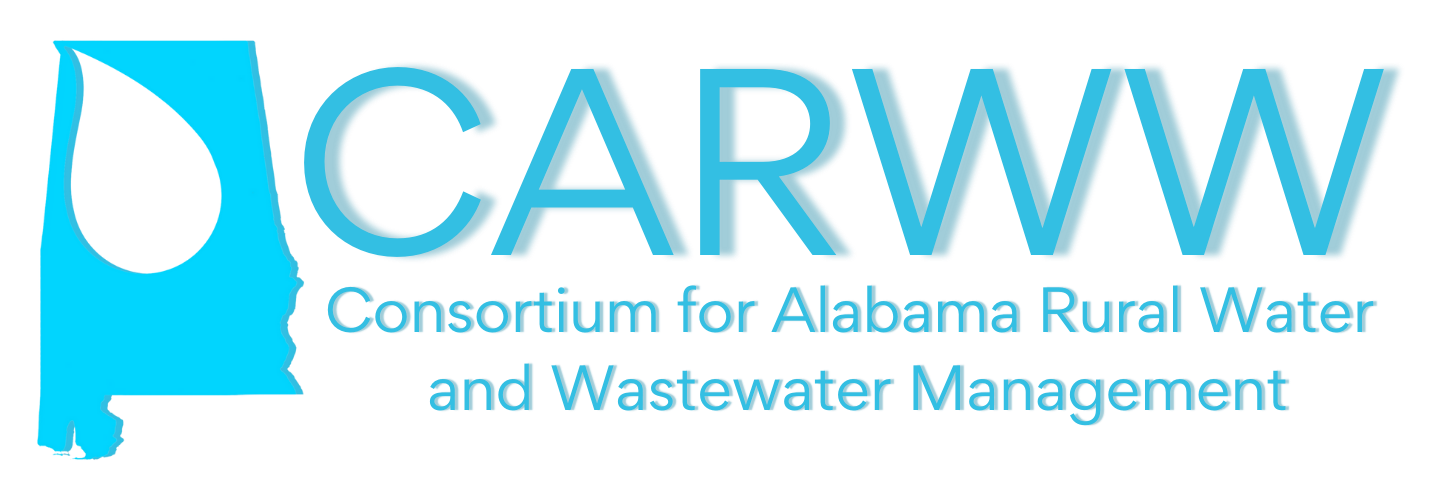The aim of this project is to creatively rethink and address rural wastewater management in areas of south-central Alabama where utility-managed wastewater systems are few and often underperforming, where up to 50% of rural residences exhibit raw sewage discharges to the ground surface, and where poor economic conditions, high poverty levels, and poor soil conditions prohibit typical onsite wastewater systems consisting of septic tanks and drain fields. This results in literally hundreds of thousands of gallons per day of raw sewage being discharged to the surface and impacting the water quality of both local waterways and river systems draining all the way to Mobile Bay and the Gulf of Mexico. These discharges of raw sewage and the potential impacts, to both environmental health and public health, are not well documented, and solutions for improvement have proven to be elusive due to technology constraints, cost constraints, regulatory constraints, and financing constraints. This project will document the local water quality impairments and improvements due to implementations, and identify, test, and develop solutions to the constraints to ultimately build rural wastewater management capacity and improve water quality in rural south-central Alabama. Project results will be a model for other communities in similar watersheds of the Gulf of Mexico and elsewhere in the United States.
To foster collaborative partnerships, a cooperative agreement has recently been developed by a “Consortium for Alabama Rural Water and Wastewater Management” (the Consortium), made up of the University of South Alabama, the University of Alabama, Auburn University, and state agencies including the Alabama Department of Public Health and the Alabama Department of Environmental Management. The Consortium pledges to coordinate activities leading to solutions to the long-neglected wastewater management problems in rural Alabama.
Existing water quality data in the study region from the Alabama Department of Environmental Management, Alabama Water Watch, and the US Geological Survey Water Resources Division will be used to help validate current conditions, target locations needing prioritized improvement, and assess the anticipated and actual impacts of new wastewater management strategies and/or technologies.
This project seeks to achieve a full understanding of wastewater infrastructure needs in the target counties, implement and evaluate appropriate and innovative onsite and decentralized wastewater solutions, complete a watershed impact analysis, and achieve a 5% watershed improvement. Additionally, the project will focus on identifying funding mechanisms, exploring alternative regulatory strategies, and developing a how-to guide for rural counties to address wastewater needs and secure funding via grants and loans.
Much of the soil and geology in a crescent-shaped region of south-central Alabama is dominated by fertile, dark topsoil known as the Black Belt. The region is characterized by its rural character, lack of economic development, poverty rates up to 40% in some counties, lower-than-average educational attainment, lower-than-average access to health care, and impermeable clay soils. There are many problems in the region that have stunted economic development, including decreasing population, a low local tax base for education and infrastructure, a lack of job opportunities, poor education, and a general lack of wastewater infrastructure including sewer and functional onsite systems.
Traditionally, sewer is a key infrastructure needed for economic development; sewers are not common in dispersed rural populations. Because of clay soil conditions in many areas of this region, traditional onsite wastewater systems, consisting of septic tanks and drain fields, cannot adequately infiltrate wastewater into the ground. This confluence of economic, soil, and infrastructure conditions have resulted in the presence of raw wastewater on the ground surface at many rural homes; many homes cannot afford effective treatment and discharge raw sewage onto the ground through so-called “straight pipes.” The fecal pathogens, nutrients, helminths (worms), and other contaminants in untreated sewage present a major threat to the environment and public health. This crisis in Alabama has recently attracted the attention of the United Nations, the New York Times, Newsweek, and other major national and international organizations. Additionally, some of the highest concentrations of straight pipes are upstream of recreational waters. For example, a recent study in Wilcox County showed that at least 60% of homes had a straight pipe that was visible upon; this area drains to the William Dannelly Reservoir on the Alabama River, a popular recreation area. Unsafe wastewater management in Alabama is an unacceptable threat to water quality and public health in Alabama and the Gulf of Mexico.
Location: Dallas, Hale, Lowndes, Perry, and Wilcox counties in rural Alabama
Research: The key components of this project are as follows:
The University of South Alabama
The University of Alabama
Partners:
The Alabama Department of Public Health
The Alabama Department of Environmental Management
Coming soon.
Current Projects:
Columbia World Projects: Transforming Wastewater Infrastructure in the United States
EPA: Reinventing Rural Wastewater Management
USDA: TAT Regional Wastewater Treatment Solutions
Black Belt Unincorporated Wastewater Program
Dig Deep: Decentralized Wastewater Innovation Cohort
USDA: Sustainable Wastewater Management in the Rural Black Belt of Alabama
This institution is an equal opportunity provider.
